7-31 #Space : Samsung to build a new semiconductor manufacturing facility in Taylo, Texas; MediaTek’s customers will continue to adjust their inventories for another “2-3 quarters”; realme will launch at least 4 new products in India; etc.

According to IDC, 67.2M smartphones shipped in China in 2Q22, down 14.7% YoY. In 1H22, the market also saw a 14.4% YoY decline with around 140M units. Although the overall smartphone market showed weak momentum, foldables stood out by growing about 70% YoY with more than 1.1M shipments in 1H22. Honor climbed to the top spot as its new Honor 70 series helped to sustain its high growth. While the budget-friendly Changwan 30 series and Play 6 series met the needs of the entry-level segment, the Magic 4 series also allowed Honor to strengthen its share in the >USD600 high-end. (CN Beta, IDC)
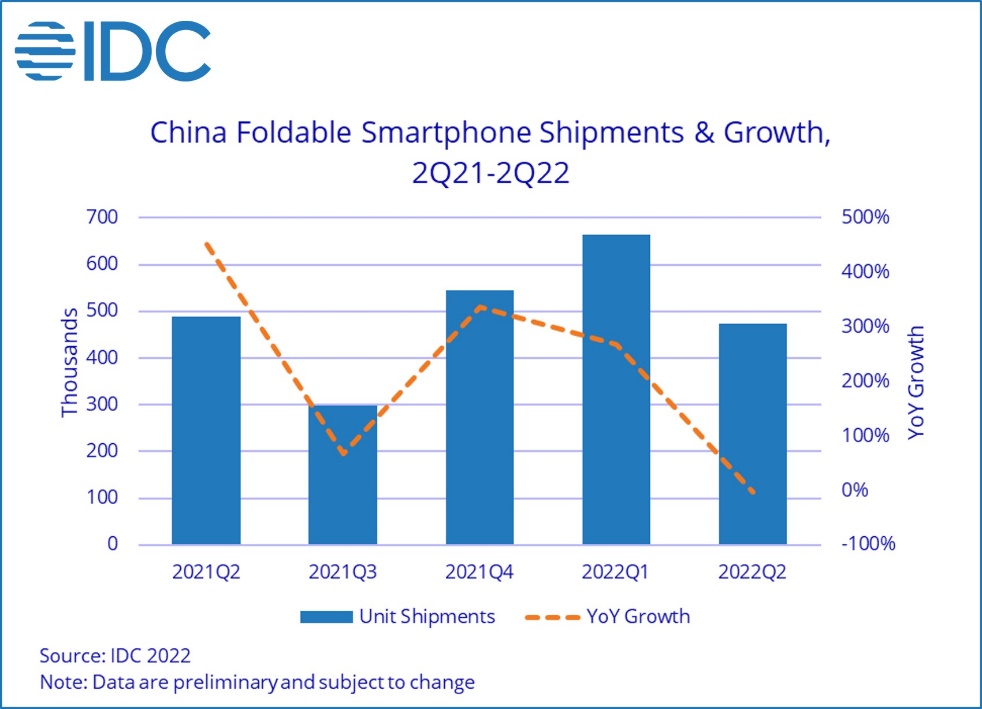
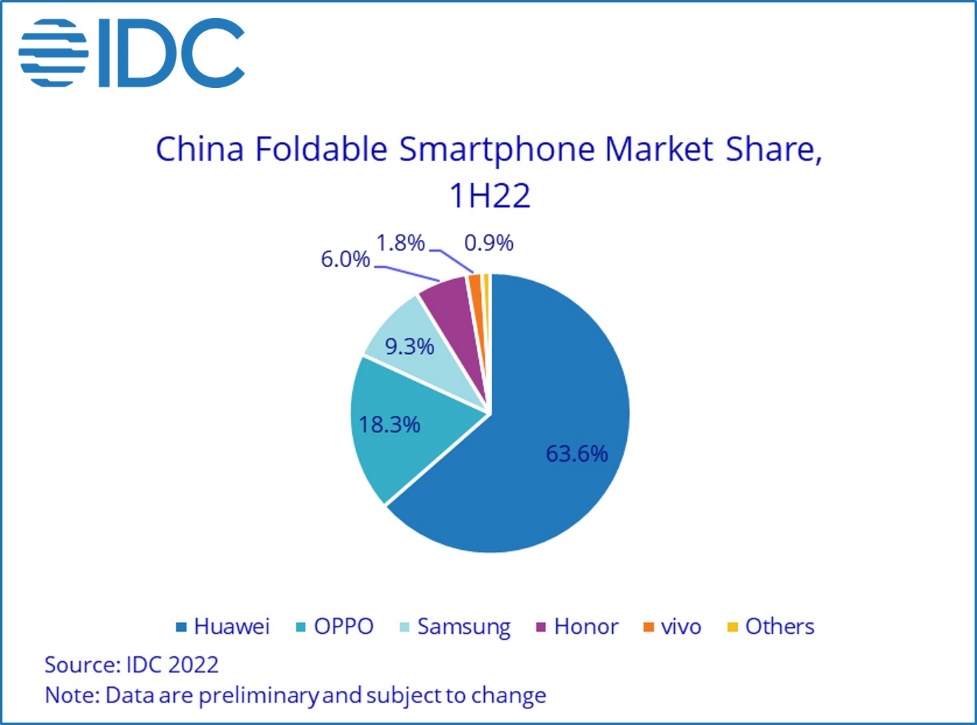
According to Omdia’s smartphone preliminary shipment report for 2Q22, global smartphone shipments totaled 293.7M units, a decrease of 3.2% compared to the same period last year – and a 4.6% decrease compared to the previous quarter. Although the growth rate from the same period of the previous year was significantly reduced from 13% in 1Q22, shipments decreased to 601.4M units in 1H22 as the negative growth trend was maintained for two consecutive quarters. In particular, shipments of major set OEMs in China recorded double-digit negative growth in 2022, compared to the previous year, leading to a decline in global shipments. (Omdia, GSM Arena, CN Beta)
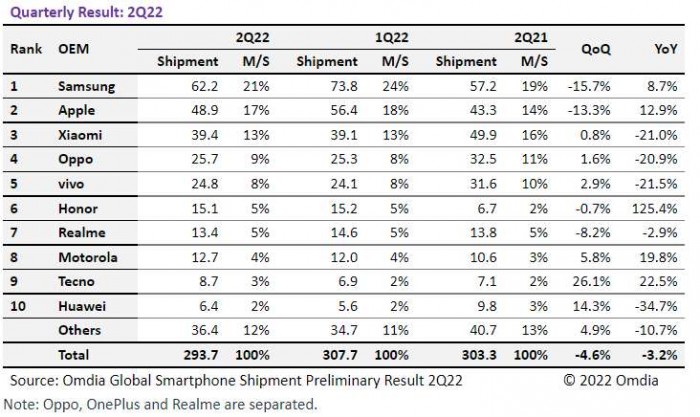
According to Strategy Analytics, global smartphone shipments fell -7% YoY to 291M units in 2Q22. This is the fourth consecutive quarter of annual decline by smartphone volumes. COVID disruption and geopolitical issues adversely impacted smartphone market in 2Q22. Meanwhile, unfavorable economic conditions continued to weaken consumers’ demand on smartphones and other non-essential products. Samsung topped the global smartphone market with a healthy 22% share in 2Q22. Apple ranked the second place with 16% share, the highest second quarter performance over the past 10 years. Xiaomi, OPPO (including OnePlus) and vivo stayed in the top 5 list. (Laoyaoba, Strategy Analytics)
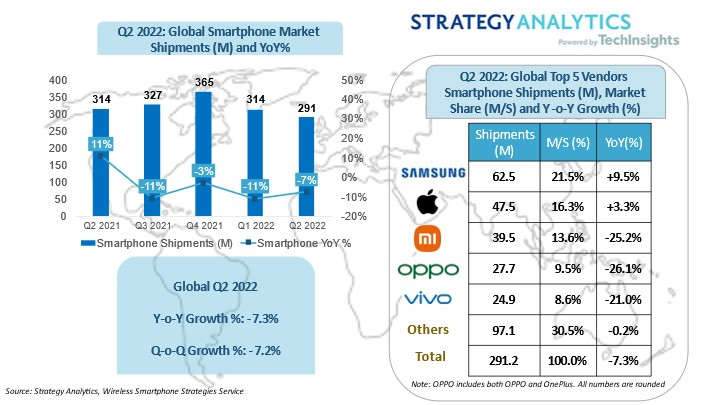
According to Strategy Analytics, China smartphone shipments fell -14% YoY to 67.7M units in 2Q22, blaming to the COVID lockdowns and disruptions. Honor becomes the largest smartphone vendor with an impressive 19% share in 2Q22, for the first time ever. vivo, OPPO (including OnePlus), and Xiaomi and Apple followed in the top 5 list. It has been the worst second quarter performance since 2013. The market takes a big hit from the covid-related lockdowns and restrictions, as well as macroeconomic headwinds. (Strategy Analytics)

Samsung has introduced a new Repair Mode for Galaxy phones. It will restrict access to phone’s personal data while it is out for repairs. The feature will first roll out in South Korea on the Samsung Galaxy S21 series. The mode will appear in the settings under the “Battery and Device Care” menu. Once selected, the phone will reboot and restrict access to personal data. Only default pre-installed apps will be accessible while the phone is in Repair Mode.(Android Central, Android Authority, GSM Arena, Samsung)

Indonesia has blocked search engine website Yahoo, payments firm PayPal, Steam and Epic Games due to failure to comply with licensing rules. Registration is required under rules released in late Nov 2020 and will give authorities broad powers to compel platforms to disclose data of certain users, and take down content deemed unlawful or that “disturbs public order” within 4 hours if urgent and 24 hours if not. In line with the rules, companies deemed “Private Electronic System Providers” must register with the government’s database to operate in the country, or otherwise face a nationwide ban. (Engadget, Reuters, The Verge)
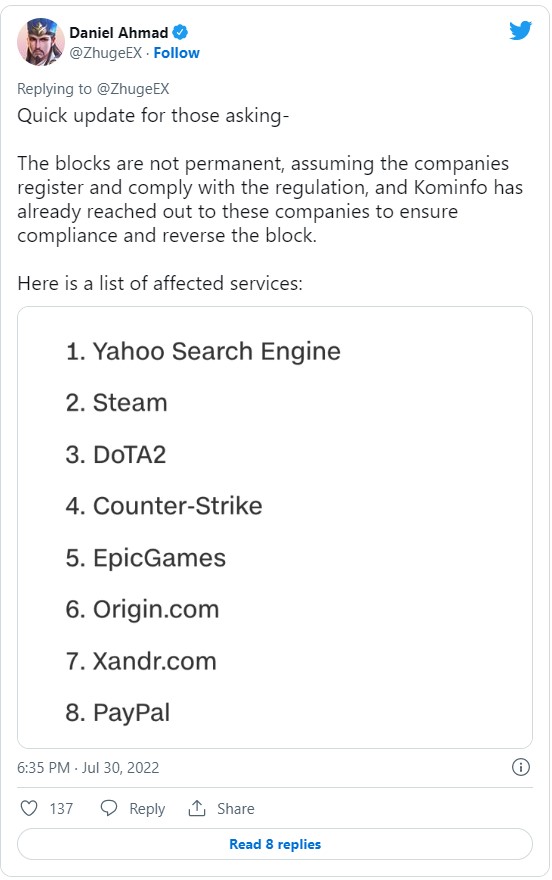
The CEO of realme India, VP of realme, and President of realme International Business Group, Madhav Sheth has revealed that the company will launch at least 4 new products in India, including a 5G smartphone in the INR10,000 (USD126) to INR15,000 (USD190) category, which will be “a much-needed addition especially ahead of India’s 5G rollout expected to happen in 2H22”. He has also revealed that realme will enter 2-3 new categories in the consumer durable segment, and the company will share more information about it soon. Additionally, he has said that we should be able to see a better output of smartphones in 2H22 since the chipset shortage has started easing off.(GSM Arena, Gadgets360)
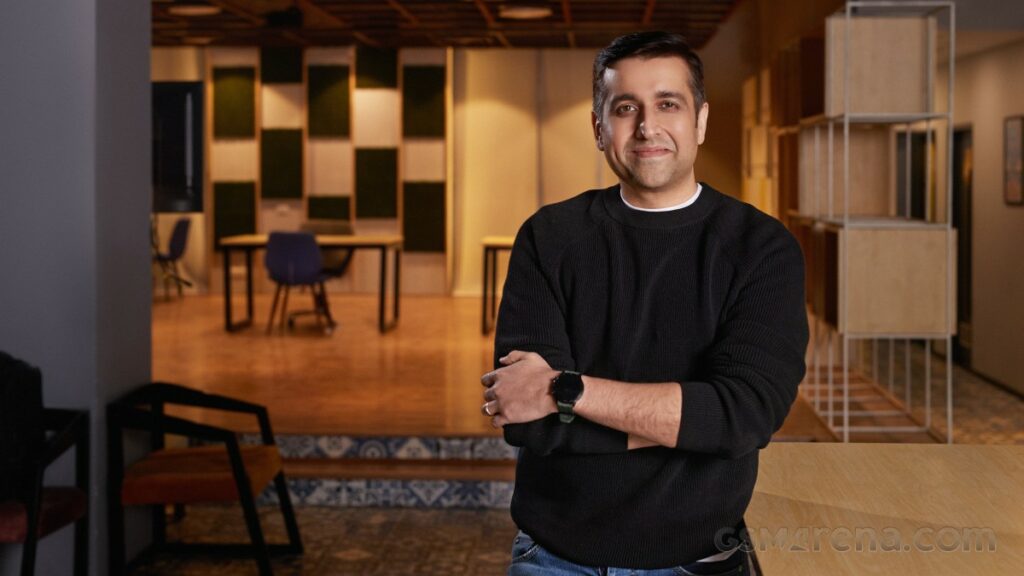
Google may be working on new high-end Pixel phones in addition to the Pixel 7 and 7 Pro. While browsing Android 13 Beta 4’s GS101 Camera Hardware Abstraction Layer (HAL), found “Lynx (L10)” is found, believed to be the codename for the rumored Google phone. In addition to “Lynx”, a foldable Pixel device codenamed Passport or “Pipit (P7)” has also been spotted. (CN Beta, XDA-Developers, Twitter, Twitter, Android Authority)
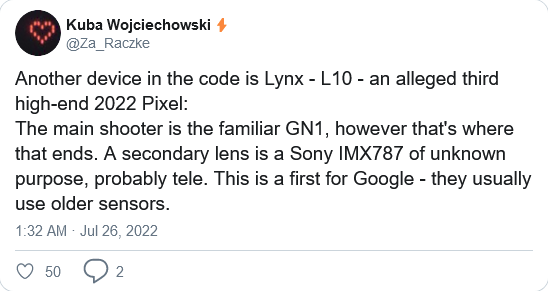
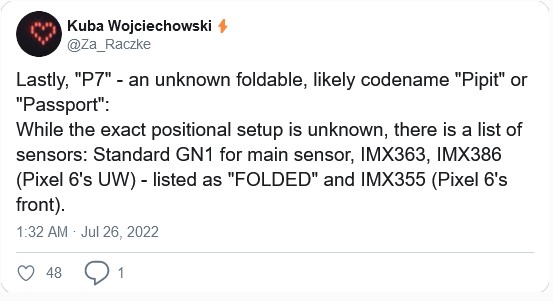

Inflation has gripped household budgets and consumer sentiment is on the decline, yet mobile computing demand persists as user behaviors favor hybrid work and tablet shipments continue to outpace pre-pandemic levels, according to Strategy Analytics. Tablet demand in 2Q22 followed this pattern of higher shipments for premium and detachable tablets, thus favoring Apple, Windows OEMs, and to some extent, Samsung – pushing Android market share down to 49%. Mounting macro-economic pressures, lower consumer sentiment, the evolving threat of COVID, and a prolonged Russia / Ukraine conflict could turn the second half of the year much more challenging. Apple iPadOS shipments (sell-in) fell -7% year-on-year to 14.8M units in 2Q22, with worldwide market share climbing 3.3 percentage points to 38% as the vendor outpaced the market. (Strategy Analytics)
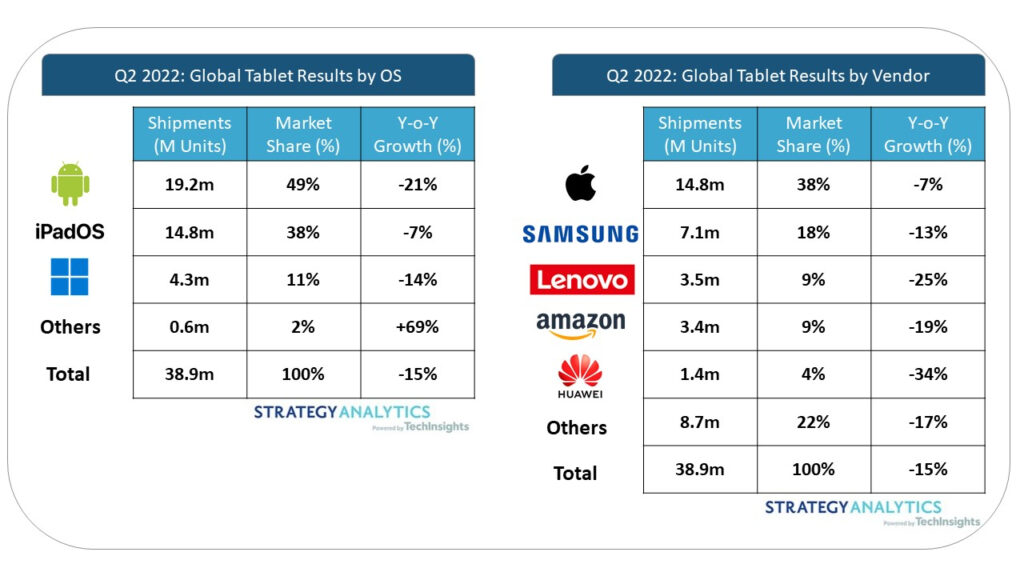
Worldwide tablet shipments reached 40.5M units during 2Q22, posting YoY growth of 0.15%, according to IDC. New vendors like Xiaomi, OPPO, vivo, and realme also performed beyond expectations, which contributed to growth in the Android tablet market in the quarter. Meanwhile, Chromebooks continued to decline with shipments down 51.4% YoY to 6M units in 2Q22. The decline was expected as the inventory buildup is still being cleared out and demand in the education sector has slowed. However, shipment volumes are still above pre-pandemic levels. (IDC, CN Beta)
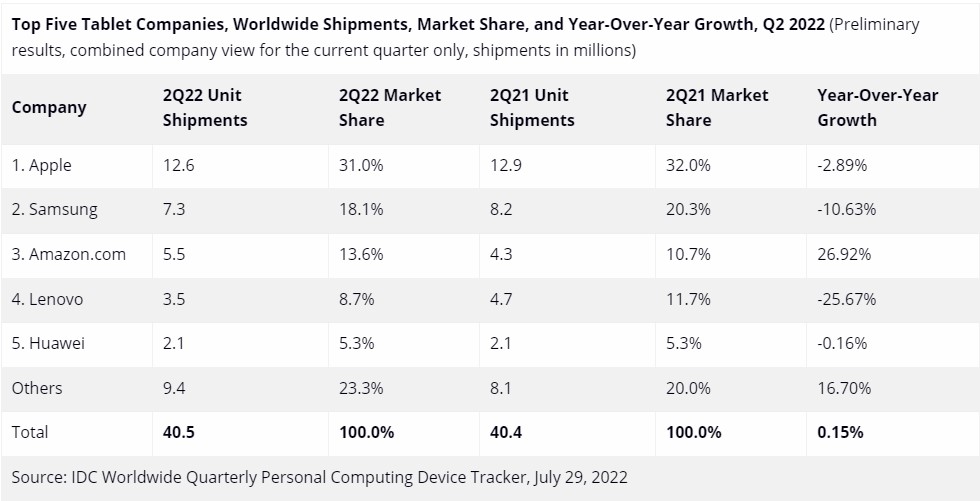
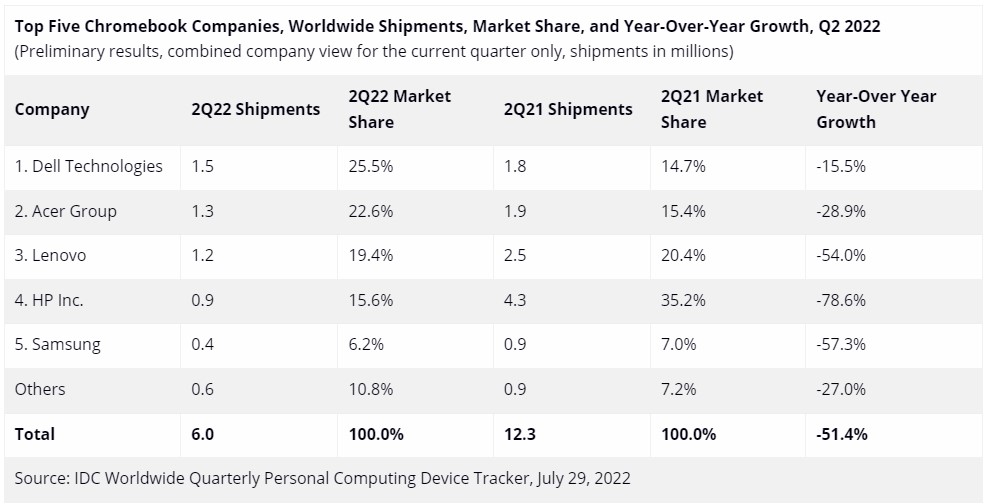

Sony confirmed that an additional 2.4M PS5 consoles were sold in 2Q22, bringing the console to 21.7M PS5 units shipped worldwide so far. Software sales of first and third-party games were down slightly for the quarter. Sony is still projecting an 18M PS5 consoles to be sold during the financial year 2022.(Android Headlines, Sony, Android Central)
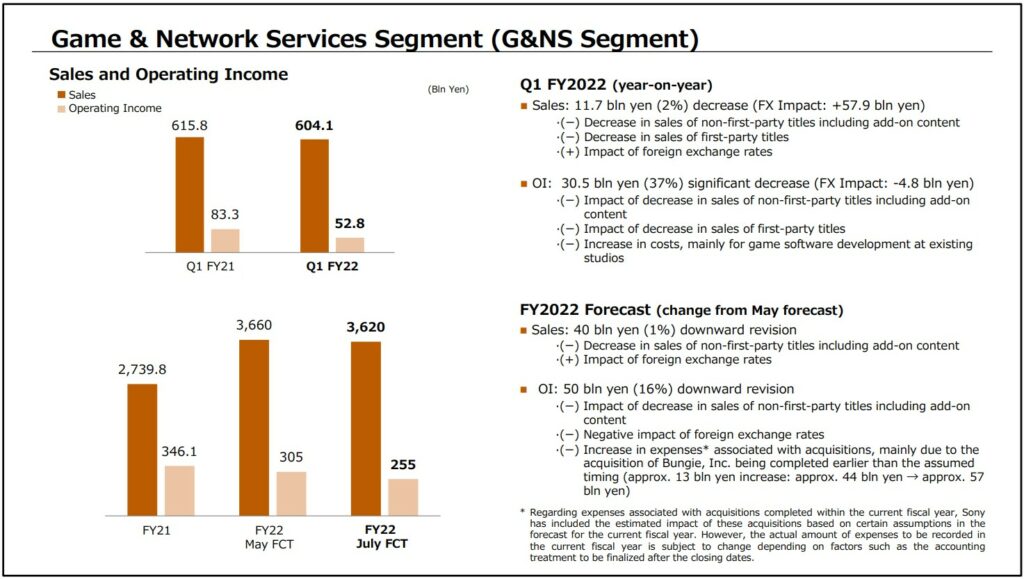

NIO has announced plans to build a HUF5.5B (EUR13.61M) battery swap station plant in Biatorbágy, on the outskirts of Budapest. This is NIO’s first overseas plant, covering an area of about 10,000 square meters, and will serve as a production, service and R&D center for NIO’s power products in Europe. The plant’s main operations include the production and after-sales service of battery swap stations, training in European power operations, and research and development of power products.(CN Beta, Daily News Hungary, CN EV Post)
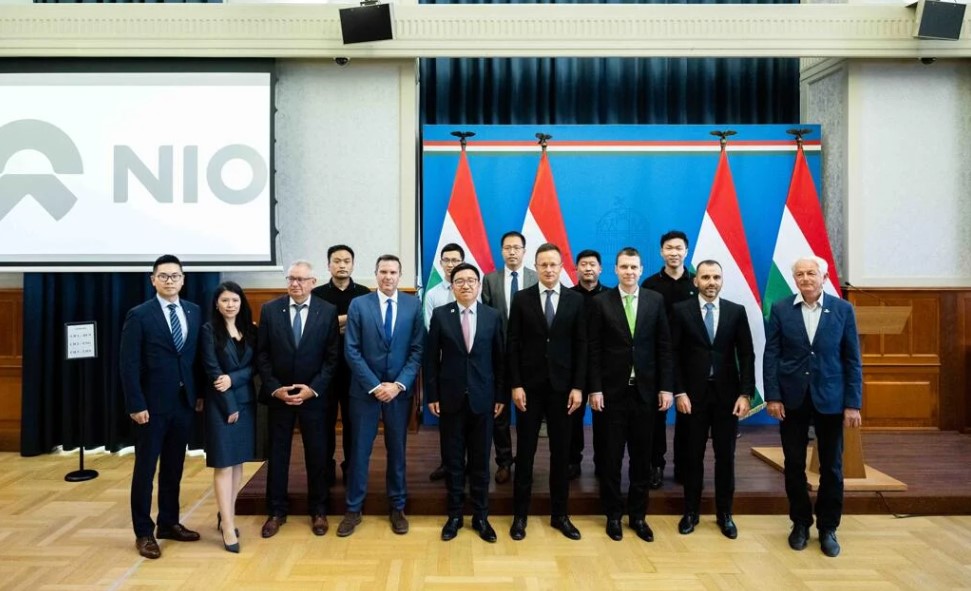
Tencent Holdings and Huawei Technologies are entering the sector to compliment their other services. Tencent has released Tencent Mobility Service and Huawei has unveiled its Petal Mobility. However, the two Shenzhen-based firms are not directly competing with Didi Chuxing or Meituan as their respective platforms solely search for trips on other car-sharing platforms. The platforms are matchmakers. They connect users with service providers, Chen explained. The operators need to just offer a gateway for users to car-hailing services, a business model that is light in assets and operating costs.(My Drivers, Sina, 163, China Travel News, Yicai Global)
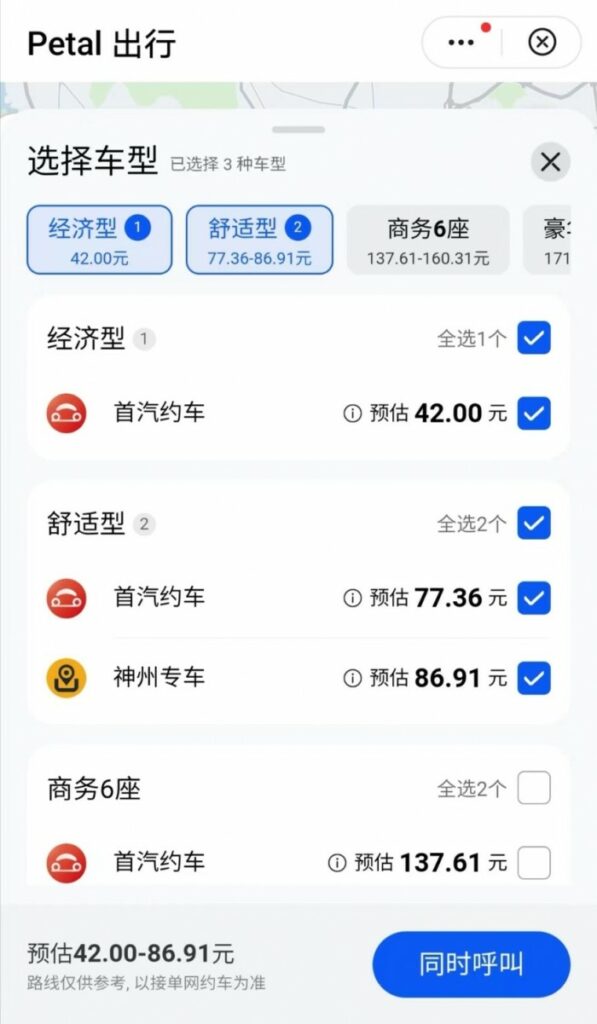

Samsung has recently started shipments of its first-generation 3nm GAA chips, but unfortunately, no smartphone vendors have been reported to show interest in this architecture, instead sticking with TSMC for future orders. However, in 2024, things may take a turn for the best, as the significantly improved second-generation 3nm GAA process may bring in more lucrative mobile clients. Even if customers are not showing interest in Samsung’s 3nm GAA process, the company’s second-generation process should bring them back on board.(CN Beta, WCCFtech, Twitter)

Samsung has announced that it would build a new semiconductor manufacturing facility in Taylor, Texas. The estimated USD17B investment in the United States will help boost production of advanced logic semiconductor solutions that power next-generation innovations and technologies. Groundbreaking will be in 1H22 with the target of having the facility operational in 2H24. The total expected investment of USD17B, including buildings, property improvements, machinery and equipment, will mark the largest-ever investment made by Samsung in the U.S. This will also bring Samsung’s total investment in the U.S. to more than USD47B since beginning operations in the country in 1978. (Gizmo China, Samsung)

MediaTek has lowered its full-year growth target as it predicted a decline in global smartphone shipments, warning that global macroeconomic uncertainties will hamper demand. MediaTek CEO Rick Tsai has said that given the uncertainty, its customers will continue to adjust their inventories for another “2-3 quarters”. He was slightly more upbeat on the situation in China compared with the U.S. He has said global smartphone shipments are estimated to fall 6%-11% in 2021 to 1.2B-1.27B units, compared with the company’s forecast in Apr 2022 of a flattish year of about 1.35B units. However, the CEO has said around 600M units of those shipments will be 5G smartphones, representing about a 20% growth from 2021.(UDN, CTEE, MSN, Yahoo, Asia Nikkei)
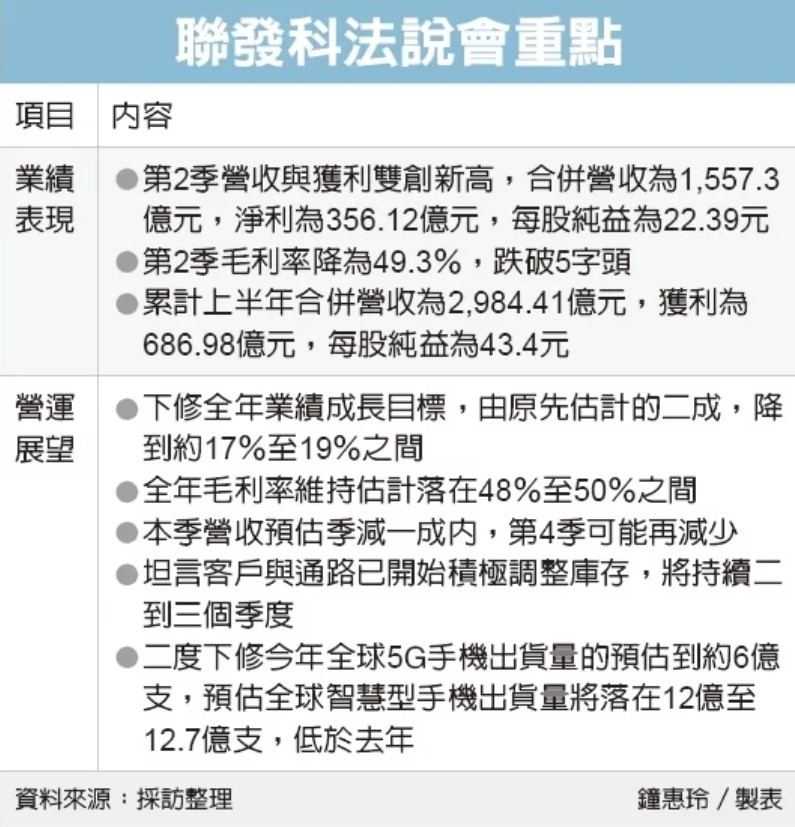
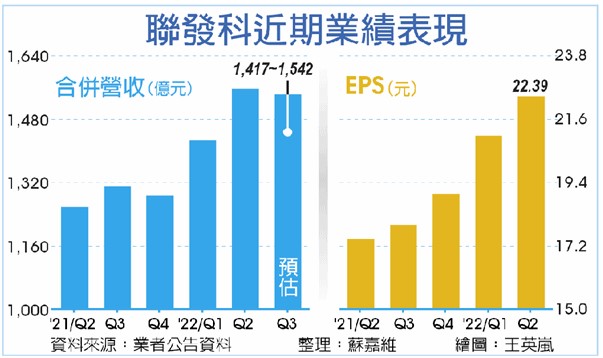
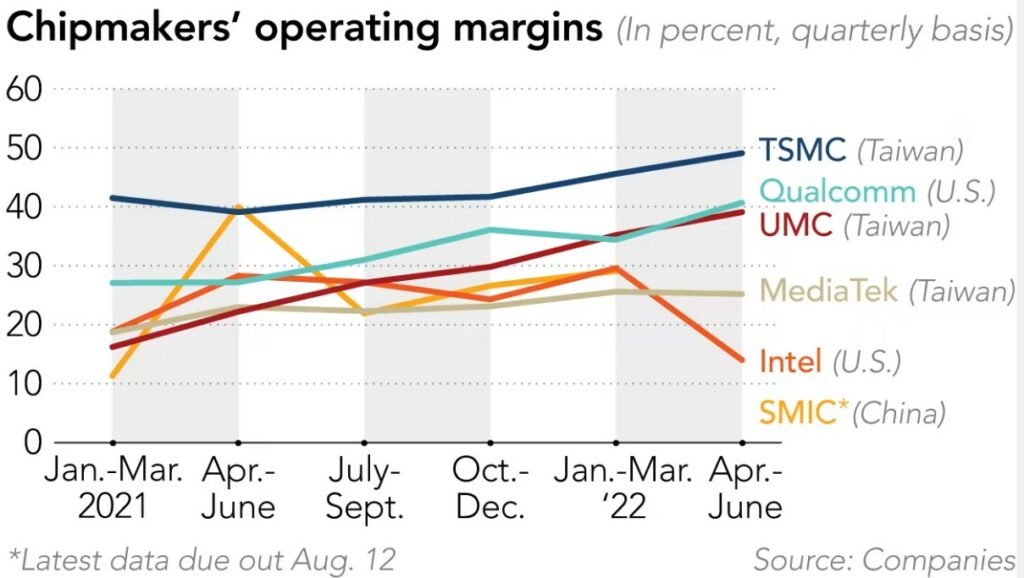
Worldwide silicon wafer area shipments in 2Q22 surpassed the previous record high set in 1Q22, edging up 1% QoQ to 3,704 million square inches (MSI), according to the SEMI Silicon Manufacturers Group (SMG). 2Q22 silicon wafer shipments saw 5% growth from the 3,534 million square inches reported during 2Q21. Silicon wafers are the fundamental building material for the majority of semiconductors, which are vital components of all electronic devices. The highly engineered thin disks are produced in diameters of up to 12” and serve as the substrate material on which most semiconductors are fabricated. (Laoyaoba, PR Newswire, SEMI)

Japan will open an R&D center for next-generation 2nm chips by end of 2022 under a partnership with the U.S., part of their efforts to establish secure chip supply chains amid tensions around industry leader Taiwan. The facility will be set up by a new Japanese chip research institution slated to debut this year, tapping equipment and talent from the planned U.S. National Semiconductor Technology Center. The research and development center will include a prototype production line, with the goal of start mass-producing the chips domestically as early as 2025. Japan and the U.S. will line up fiscal support to boost their chip industries. One proposal in Tokyo would invest JPY1T (USD7.3B) into research and development over a decade. On the American side, the U.S. House of Representatives have passed the CHIPS and Science Ac, which includes USD52B in subsidies for semiconductor production and research, with President Joe Biden expected to sign it into law as early as early Aug 2022. (CN Beta, Asia Nikkei)